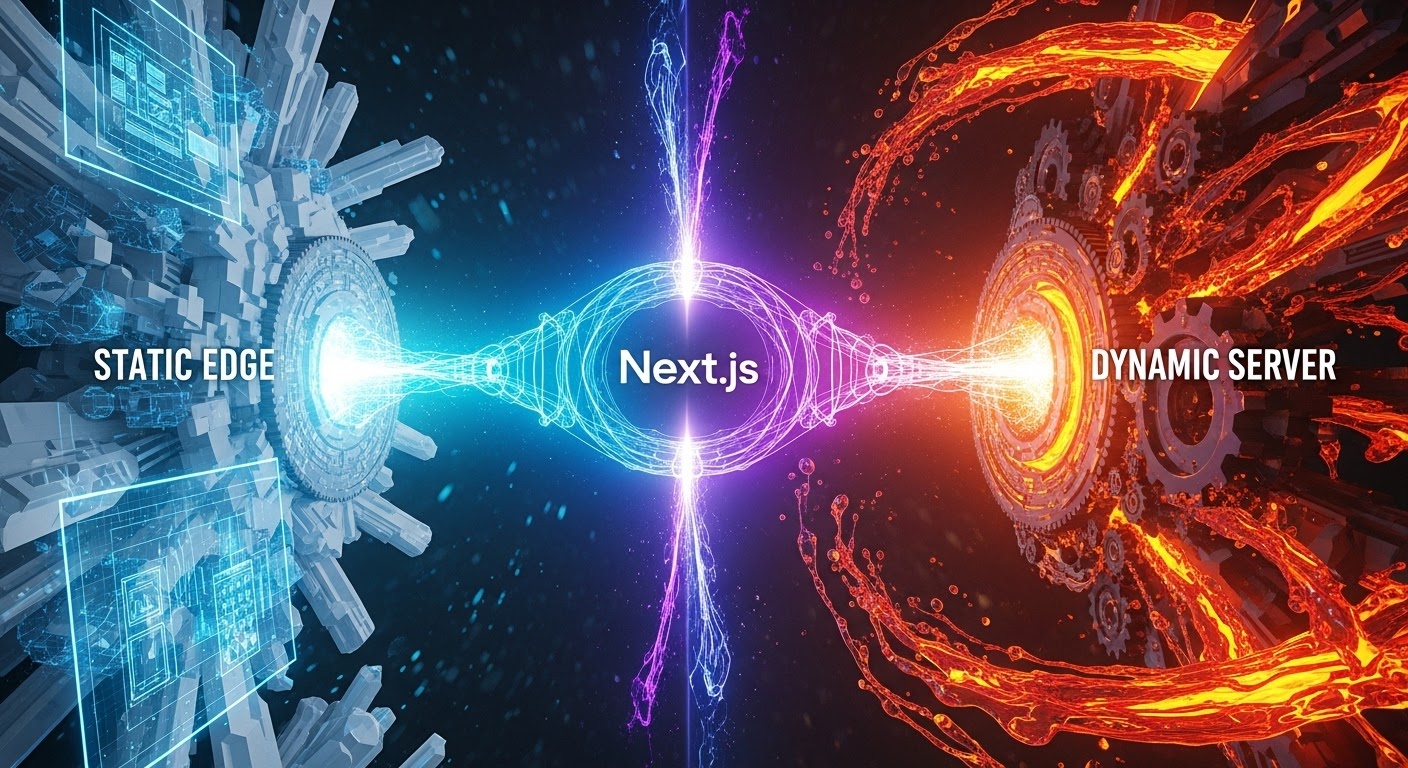Take Control of Your Money—Effortlessly and Confidently
Tired of feeling lost in a maze of loans, credit cards, and financial options? What if you could see every opportunity at once—and let the best options come to you? No long forms. No endless calls. Just clarity and control. What You’re About to Discover How to compare multiple loan and credit options in minutes—without repeating your personal info. A surprisingly simple way to find rates so competitive, lenders practically compete for your business. Tools to improve your credit score, track your progress, and make smarter financial decisions. Personalized guidance to uncover savings you didn’t know were possible. Peace of mind knowing every option is secure, transparent, and tailored to your goals. Take Control of Your Money Why Millions of Americans Are Turning to This Simple Approach Managing finances doesn’t have to be complicated. This system helps you: Save Time – Fill out a single secure form and get multiple offers instantly. Get the Best Deal...










